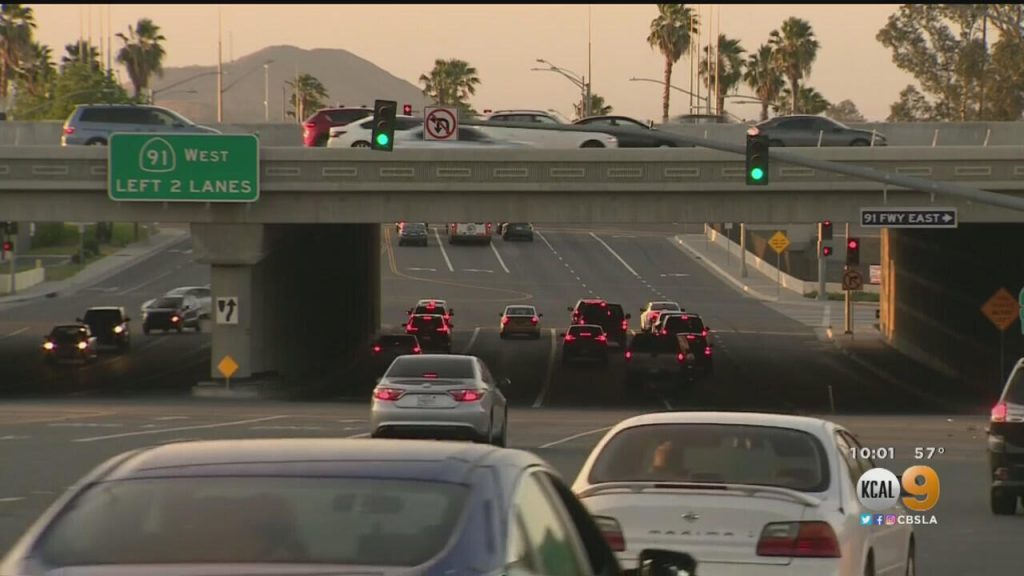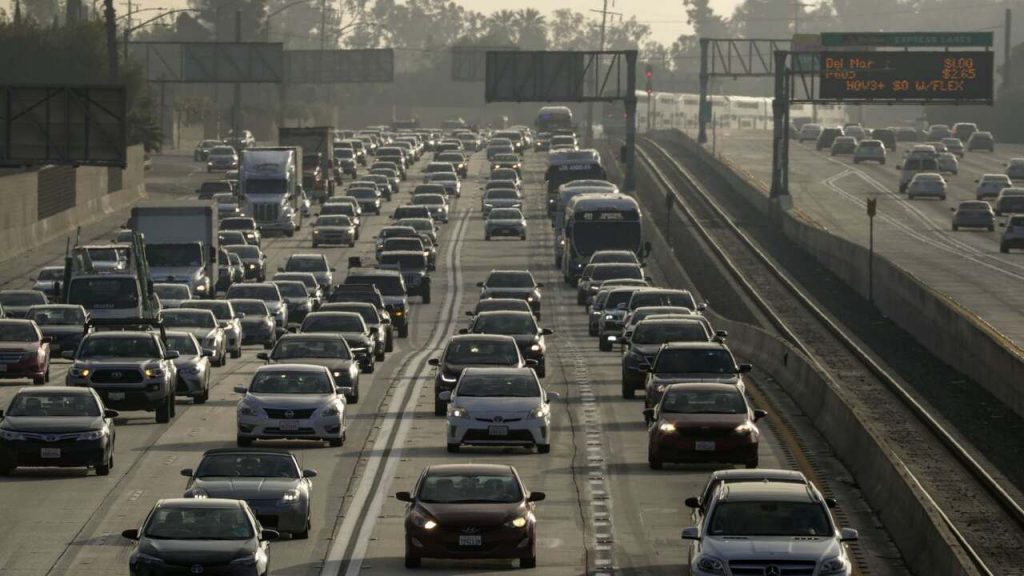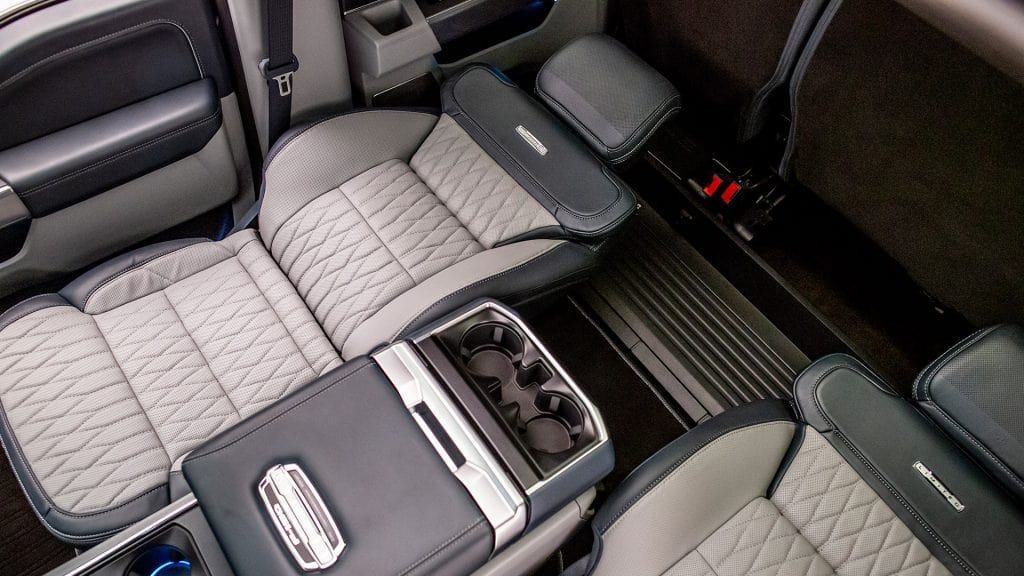How To Drive On The Freeway
Driving on the interstate for the first time can be nerve-racking, which is why many new drivers stick to local roads until they have gained enough real-world experience to venture onto the interstate. When a new driver is ready to take on the interstate, being fully prepared can aid in a smooth and safe transition from local roads to the interstate. Here are some highway driving tips for new drivers to consider before their first trip on the highway.
Pick The Right Time
If you’re going on your first highway drive, you’ll want to choose the right time and location. Consider beginning on a less congested highway or at a time of day when there are fewer drivers on the road. You should avoid driving on the freeway under these conditions:
- Fog, rain, or snow, as well as wet, slippery, or icy road conditions
- Congested or busy traffic
- When there is a risk of drunk drivers on the highways, such as on New Year’s Eve, Friday, or Saturday nights.
If you must use freeways, slow down to a safe speed close to the flow of traffic and leave plenty of space between your vehicle and the vehicle in front of you. Keep an eye out for traffic that is slowing or stopping and give yourself enough time to stop. When traffic is congested and bumper-to-bumper, you may need to cover your brakes as well.
Stay In Right Lane

When driving on the highway for the first time, stay in the right lane at all times. Young drivers have no business driving in the left lane, which is designated for passing. “Staying in the right lane will help them interact with traffic coming onto the freeway, and they’ll be able to maintain their speed easier there,” says Maria A. Wojtczak, owner, and operator of DrivingMBA, an Arizona driver education company.
The cardinal rule of freeway travel is: Stay in the farthest right lane unless you have to pass a slower motorist. Many drivers break this rule so their cruise isn’t interrupted by traffic merging from the on-ramp. But to go against this basic tenet results in all lanes traveling more slowly than their potential. When traffic is light, your driving time should be spent in the far right lane of the freeway. Drive in the middle lane when the right lane fills up with slower-moving cars. But never travel in the far left lane (a.k.a. the fast lane) unless passing a vehicle in that center lane. When the pass is complete, immediately return to the center. Cars merging onto the freeway should always yield to oncoming traffic. But if they don’t, when safe, switch over to the middle lane to go around them, then return to the right lane.
Now, about passing on the right. Technically, this is a legal gray area in many regions, though rarely if ever enforced. Due to inconsiderate, inattentive drivers clogging the left lane, many motorists are left with no other option than to pass on the right. In that regard, use it only as a last resort.
Don’t be a left-lane squatter: If someone approaching from behind flashes their headlights at you while you’re in the left lane, don’t take it as an insult. They’re just driving faster. It happens. Typically, this driver will briefly flash his headlights (or high beams at night) as a gentle reminder to the slower driver to return to the middle lane. As an alternative to the headlight flash, some drivers will put on their left blinker as a way to alert left-lane squatters to their approach. Either method means the same thing: Move over as soon as it’s safe and let them by. No biggie. Traveling in the left lane does not magically make you a fast driver. And although it may be an ideal place to zone out, if you’re traveling slower than the speed of traffic, your squatting in the left lane slows everyone down and just lets ’em know that you are DWI (driving while ignorant). Whether you see a flash, a blinker, or just an approaching car, the left lane is not the place to cruise.
Have Enough Spaces Between Vehicles

It is important to maintain proper speed and distance while driving on the freeway. Going too close to the vehicle in front of you will greatly reduce your time of reaction in case anything happens, which is dangerous. It will also be harder to change lanes when needed. You should leave about four to six seconds between your vehicle and others. Carefully check the rearview mirror, side mirrors, and blind-spot before changing lanes. More space means you’ll have more time to avoid a collision or react to road debris.
Blinker Is A Most
Young drivers must develop the habit of constantly using their blinkers, even if they believe their intentions are obvious. “The only way we have to communicate with other drivers is through blinkers,” says Chris Duquin, owner of Stevens Driving School, which has several locations throughout New York. “It’s amazing how frequently drivers cause problems by failing to use them on highways.”
SEE MORE:
- 10 Tips To Drive Safely Around Large Trucks
- Safe Following Distance To Another Car: The 3 Second Rule
Keep Calm
Learning to drive on the highway entails more than just proper driving technique; it also includes ensuring that a young driver’s maturity level is adequate for the task. “They must understand never to take anything personally, especially on a highway,” says Michael Soubirous, a retired California Highway Patrol lieutenant who now writes a local newspaper column called “On the Road” in Riverside, Calif. “Let it go if someone cuts you off. You never know what the other person is thinking, and it’s possible that they simply made a mistake. After all, drivers are not perfect.”
Stay Focused
According to the CDC, drivers under the age of 20 have the highest proportion of distraction-related fatal crashes. That is why it is critical to maintaining your focus on the road. While driving on the highway, do not text, change the music, or be distracted by talking to friends. Distractions while driving are plentiful, so here is an easy way to maintain your focus: Keep both hands on the wheel. This will instantly make you a more aware driver and better able to respond to emergency driving maneuvers.
Avoid Driving In Blind Spots
Driving in the blind spot of other vehicles can be very dangerous, especially around commercial vehicles. Remember to stay out of their blind spots and keep your distance around them. Big vehicles are slow to start and stop, so have patience and allow a few more seconds between you and them. They will require more space to turn, so never ever stay between them and the curb. Cutting them off is a very big no-no.
Conclusion
That’s mostly what good lane discipline is all about — a little bit of knowledge and an awareness of your surroundings. By using the basic guidelines we’ve provided here, we will all reach our destinations much sooner and safely. Visit Driving Tips for more useful tips and information like this!














